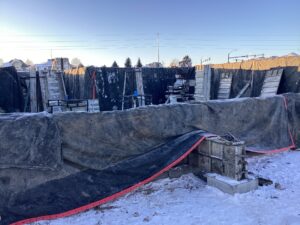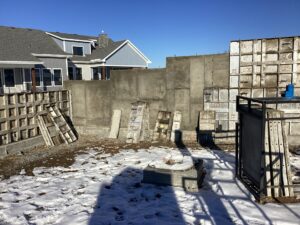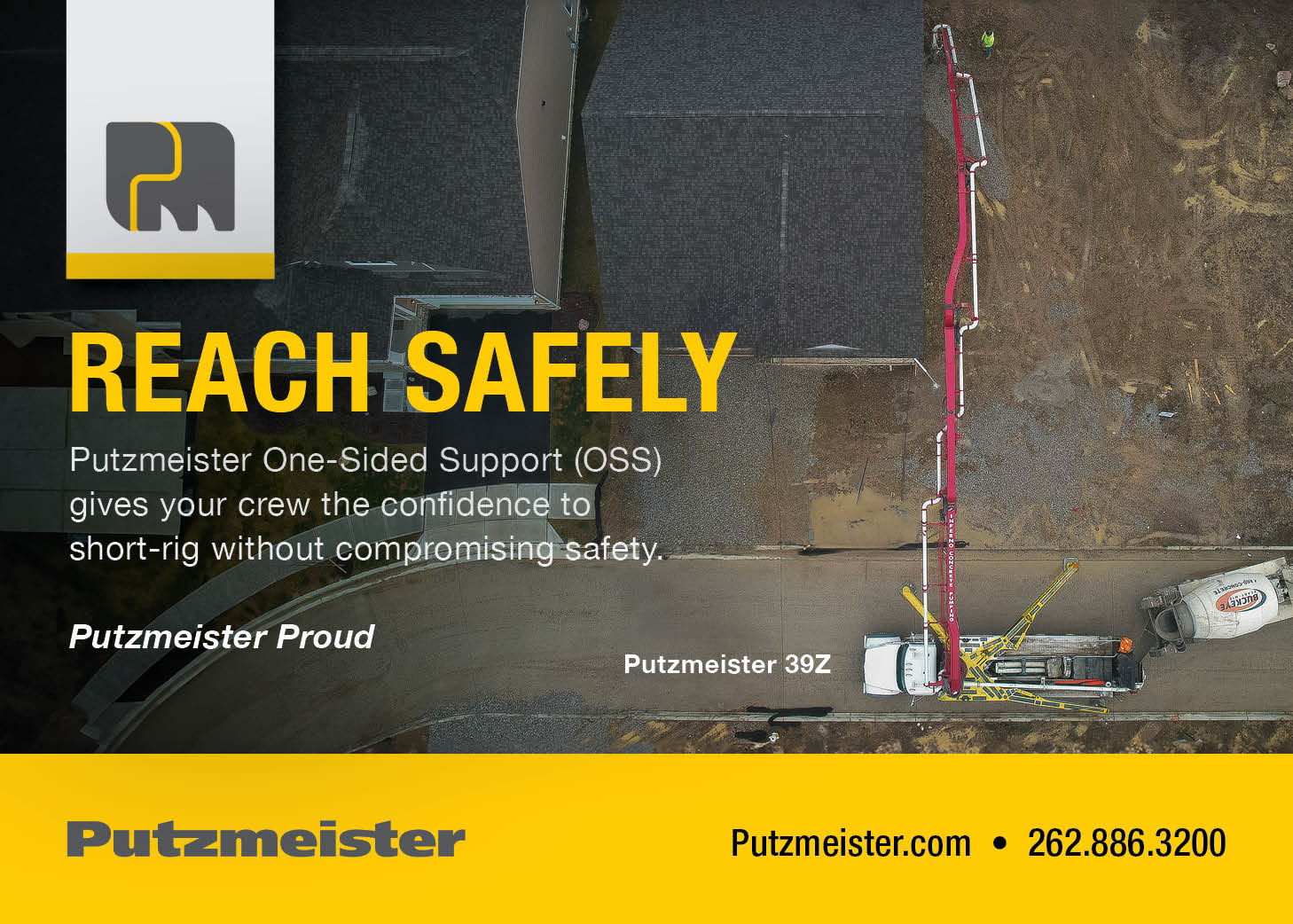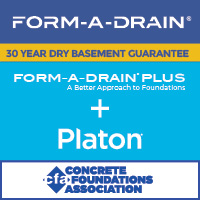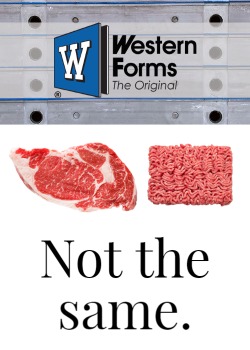Why Membership Matters
By Scott Renfroe – foundationbuilders.com
“Critical Technical Responses” – We recently completed a large commercial foundation project for a repeat customer. The General Contractor values our expertise and quality but had concerns about this project because his buyers, who are engineers, questioned whether the foundation should have been poured in cold weather and questioned if it should be torn out and repoured due to the potential irreparable damage likely caused by the freezing cold. We follow weather forecasts closely and set pour times; use blankets; and change concrete mixes or add chemicals based on forecasts.
Unfortunately, almost everything raised the buyers’ concerns. The weekend had a drastic drop in temperatures beginning at 32˚F and dropping into single digits overnight, Snowfall was also greater than predicted. We ordered and poured a 4000-psi Type IL mix with 20% fly ash. We requested accelerators but failed to confirm on site and found out the following Monday that the concrete had zero accelerators. Our crew failed to blanket the walls, too. Immediately, concerns arose about damaged concrete and concrete not attaining design strength.
I remembered our ability to access “Technical Support,” the investment the Concrete Foundations Association had made decades ago for cold weather research. My ability to make a phone call to our headquarters, to be directed to the mobile phone of our Executive Director, James Baty, and his prompt response to my urgent voicemail led to discussions with the General Contractor and buyer that were equipped with technical details and a plan to monitor and test the concrete strength. The next day, we had an application letter from CFA addressing the entire issue based on the research principles our Association had established. This went a long way in easing early concerns from the customers and engineers.
Our customer was moving in the direction of a tear-out and replacement of the foundation, an error that would have cost us a minimum of $250,000. Instead, we were able to proceed, relying on the “technical competency” of our network. The information from CFA easily paid for past and future membership dues. Our team now better recognizes the best practices and the planning adjustments we need to make when weather catches us by surprise. We also realize, that were it not for our status as CFA Concrete Pros, members of this Association with access to other professionals and our reliable staff, this might have turned out much differently. My dad knew this a long time before, and I’ve come to know it myself. Now we all believe it!
Strength
Wall Strength
Details
blankets
first time
afternoon
4000psi type 1L
with 20% fly ash

